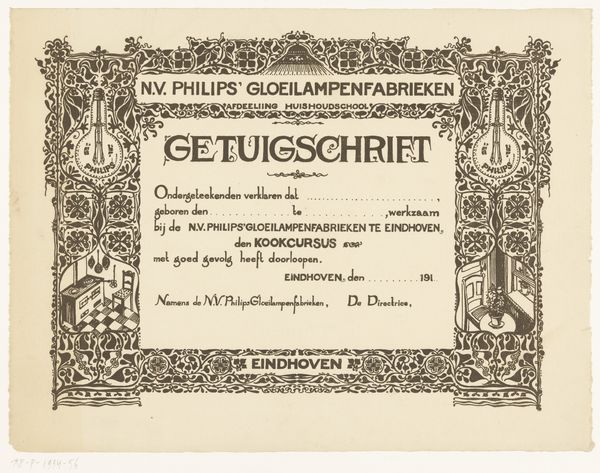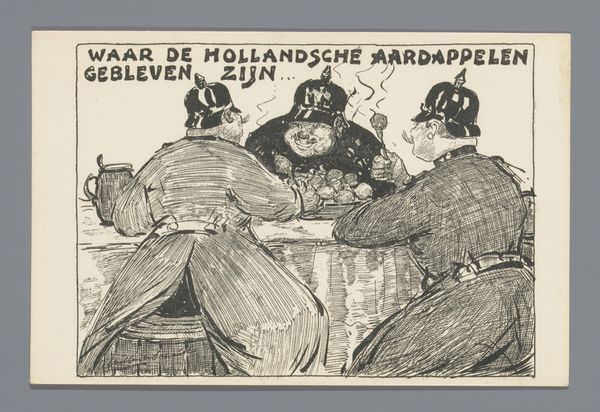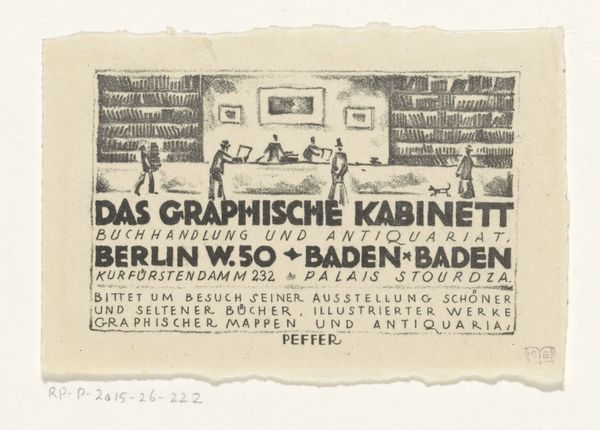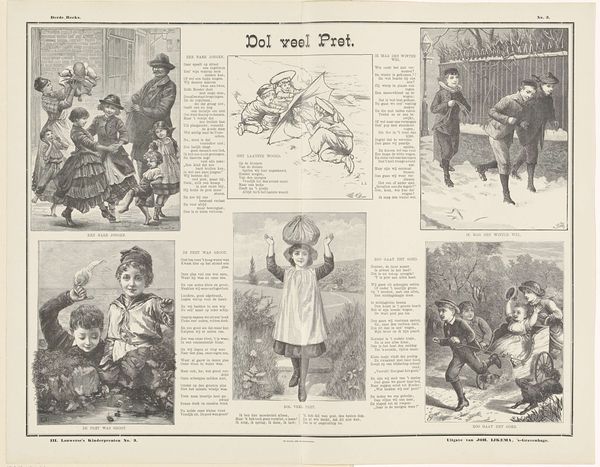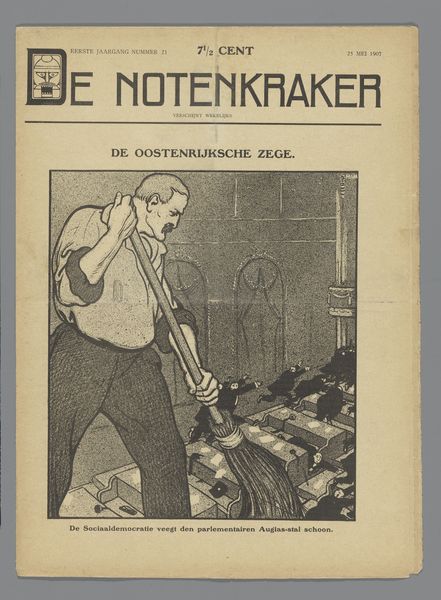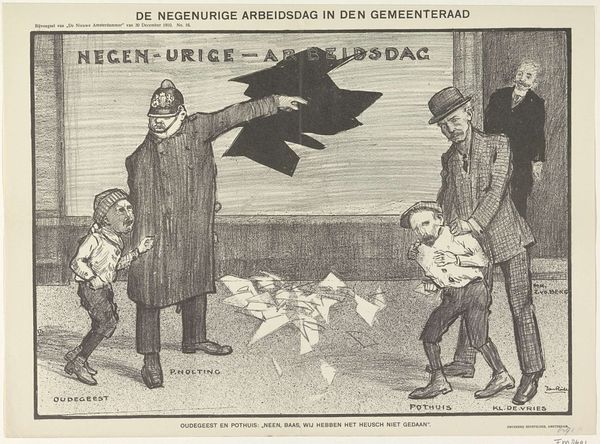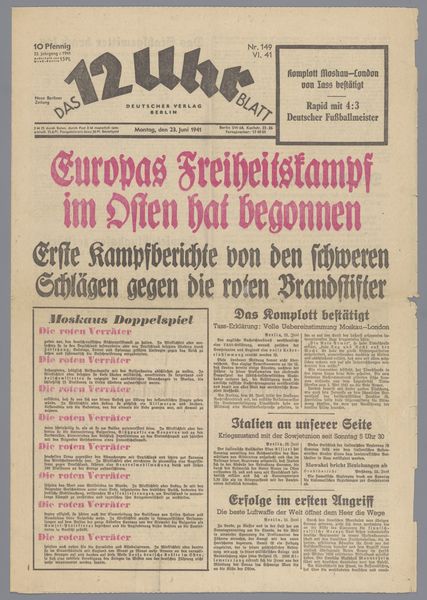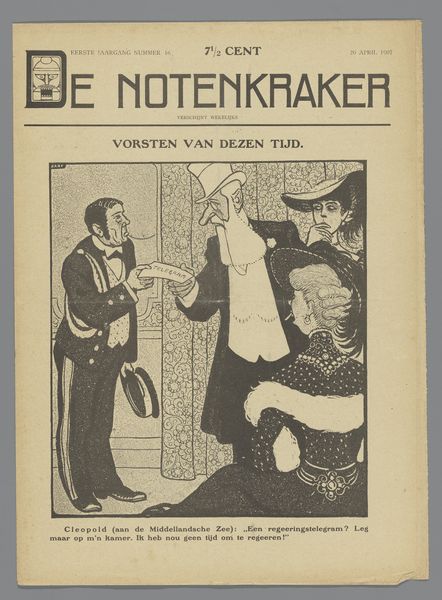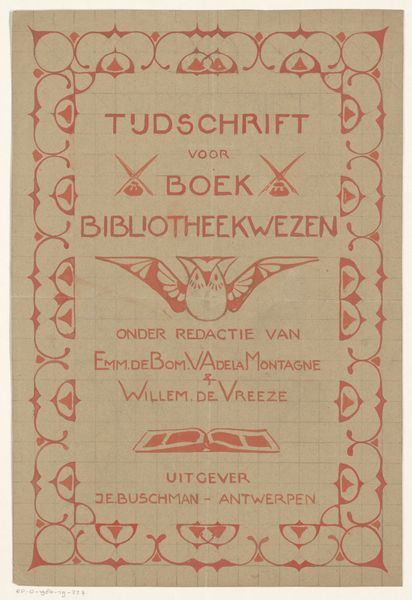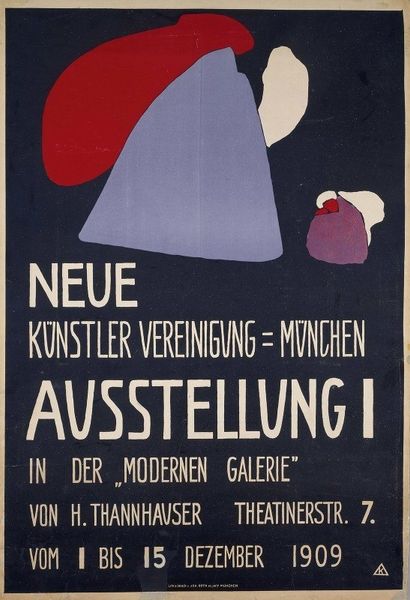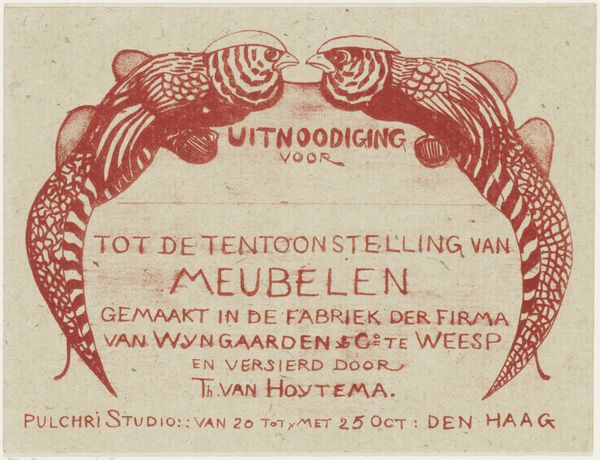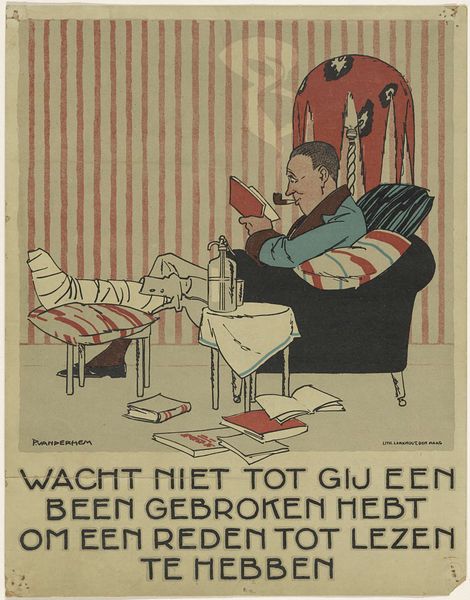
drawing, graphic-art, collage, print, poster
#
drawing
#
graphic-art
#
collage
# print
#
figuration
#
social-realism
#
expressionism
#
poster
#
monochrome
Dimensions: 72.7 x 95.8 cm
Copyright: Public domain
Editor: Kathe Kollwitz’s “For Greater Berlin,” created in 1912, is a striking poster combining lithography and collage. I’m immediately struck by the somber mood and the stark contrast between the haunting image on the left and the dense text on the right. How do you interpret this work? Curator: Kollwitz was deeply invested in social issues. This poster reflects the socio-political context of early 20th-century Berlin. The rapid industrialization and urbanization led to overcrowded housing and poverty, especially for working-class families. Notice how the text highlights the lack of playgrounds for hundreds of thousands of children; the poster uses that detail as an explicit critique of the government. Editor: So, the image of the mother and child isn't just a general symbol of hardship, it's directly linked to the housing conditions described in the text? Curator: Precisely. Kollwitz frequently depicted working-class mothers, emphasizing their strength and resilience while exposing their struggles. Consider the phrase "Für Gross Berlin." What does that phrase itself mean within the context of the time? Editor: I imagine “Greater Berlin” was meant to be a positive thing—a symbol of progress, maybe even a point of national pride. But Kollwitz seems to be turning that on its head by exposing the human cost of expansion. The figures almost seem consumed by the text looming beside them, a painful detail. Curator: Indeed. The bold font and official language are intentionally juxtaposed against the vulnerability of the figures. It highlights the disconnect between political promises and the lived realities of ordinary people. It makes you wonder, what kind of art would be produced to discuss a similar subject today? Editor: Absolutely. Thinking about it now, I better grasp the poster’s power. It isn't just a representation of social issues; it's a direct call for political action masked behind an invitation. Curator: Exactly. And it makes one appreciate the artist’s intent in using art as social commentary to evoke such conversations.
Comments
No comments
Be the first to comment and join the conversation on the ultimate creative platform.
